Why Do Endurance Athletes Experience Muscle Cramps?

What's A Muscle Cramp?
The term cramp refers to a condition in which involuntary contraction of one or more muscles occurs. The contraction may be accompanied by severe pain due to the strength of the contraction and the inability to relax the muscle. It is clear that involuntary contractions during training or race season can cause the premature halt of training, slowing down during a race, failure to achieve desired goals, and in severe cases even ceasing the activity indefinitely. If you have been racing in triathlons for a number of years, certainly you have experienced a strong involuntary contraction of the foot during swimming, or a thigh cramp during cycling or running, or you at least know some of your friends have experienced such an unpleasant phenomenon. Whether routine or not, you should probably know what causes these contractions, how to prevent them from recurring, and how to cope while you are experiencing these cramps.
In most sport-related sources on the internet, there is a widely-held belief that there is a direct relationship between unbalanced salt levels or excessive fluid loss, and involuntary contractions. However, recent studies suggest that there is probably no such correlation. So what are the reasons for these contractions? Probably, it is "Altered Neuromuscular Control" (ANC), or a change in the source of neuromuscular control. ANC is a defense mechanism of the body from overloading the body muscles. When the muscles reach a high fatigue state, the brain tries to make the muscles cease activity so as not to cause excessive damage to the muscle. Each person has a different "contraction threshold" and therefore different people will experience different muscle contractions at different fatigue levels. One of the more interesting studies on the subject belongs to Dr. Schwellnus, who examined 210 Ironman athletes in South Africa in 2010 before, during, and after the Ironman competition, in which about 20% of the participants experienced muscle contractions. Dr. Schwellnus has been studying the topic for the past 20 years, and has found a connection between muscular fatigue and cramping.

Stay Focused And Don't Get Too Excited
One of the common reasons for reaching muscle fatigue in the relatively early stages of the competition is starting too fast, something many athletes are guilty of even in long ironman races that last for hours. The solution, in this case, is simple, do not get too excited too soon, and start at a conservative pace suited for such a long competition. Another reason is arriving at the competition without being properly prepared, where the muscles are still tired from previous workouts. High blood CPK levels were found to indicate muscular fatigue and increasing the odds of experiencing muscle contractions. Here too, the solution is simple and includes a satisfying and appropriate "taper", especially for athletes who will be competing in such a long race for the first time. Other possible reasons are the improper orientation of the bicycle that applies pressure to certain muscles and causes them to tire more than other muscles, while the muscles that are likely to contract are shortened. The solution to this situation is, of course, getting a quality bike position adjustment while understanding the athlete's limitations. In many cases, athletes report a hip flexor cramp during the cycling phase when the foot is in the upper pedaling position and the hip flexor muscle is shortened, or runners report contractions in the quadricep muscles when the leg is almost straightened and again the muscle is shortened.
Two Ways To Avoid Contractions
What to do when experiencing contractions? First, remember that this is a body defense mechanism and should not be ignored and you should not simply continue to run or ride at the same intensity. It is recommended to lower the intensity of the activity to allow the muscle to recover. Many athletes report that incorporating specific stretches for the contracted muscle may release the contraction. Over the past two years, various products have been released based on the "confusion" mechanism of neurological defense mechanism through the drinking of a particularly hot drink, but I have not yet seen comprehensive and convincing research on the subject.

In conclusion
The best way to avoid contractions is to train properly and adequately for the desired outcome, to distribute the power and pace correctly and evenly over a long race and to perform a good enough taper in order to reach the race as fresh as possible.


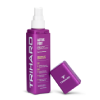












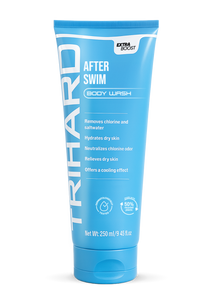
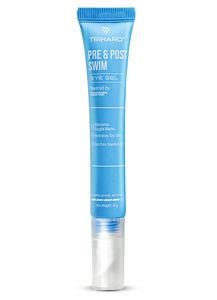

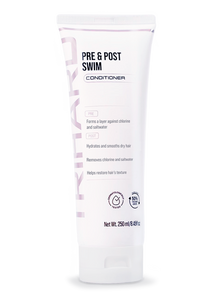
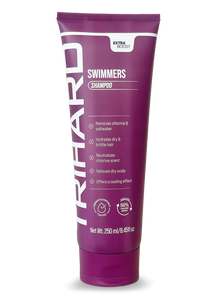

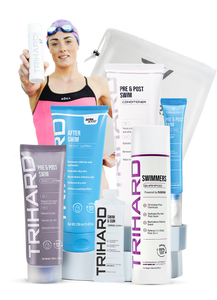







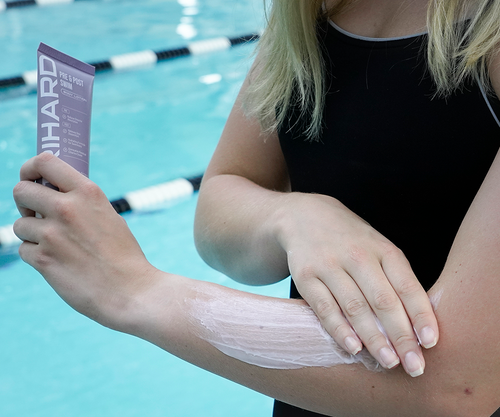



Dejar un comentario